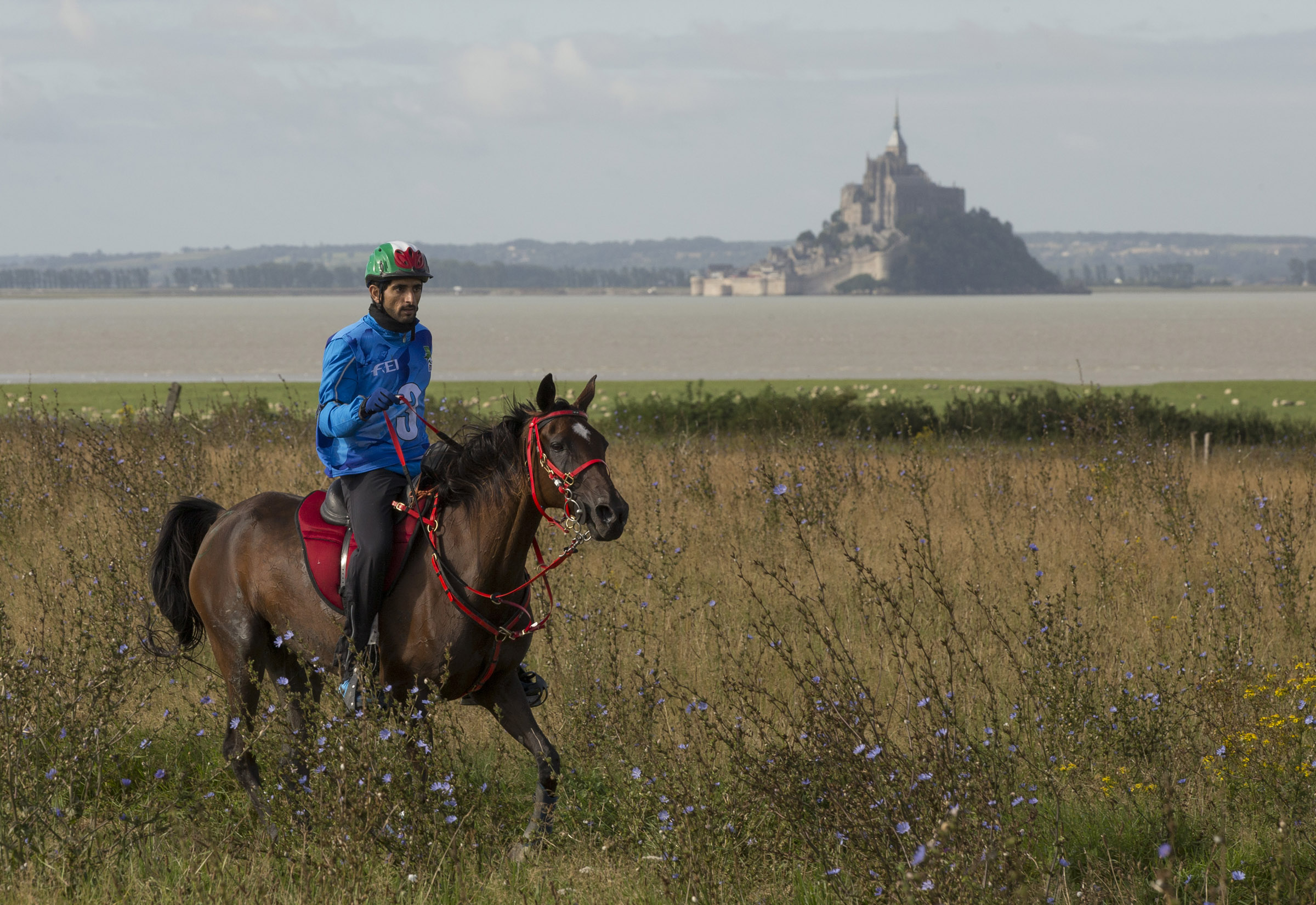Being part of a Federation Equestre Internationale governed discipline means that show jumpers hear a lot about “Clean Sport.” Over the past decade, the FEI has directed an ever-increasing focus to the welfare of the horse.
Clean sport is the right idea, but it seems to be applied more like a discretionary sentiment, depending to which FEI sport you look.
On the FEI website there is a list of athletes and horses that are currently under suspension for banned substances. Their range of offenses covers several disciplines, but one thing stands out: the majority were committed in either jumping or endurance. As part of the jumping community, I can certainly attest to a more tuned-eye used to govern the sport in recent years. With the introduction of hypersensitivity testing and a very active anti-doping workforce, FEI jumping events are becoming more and more secure in regards to the welfare of the horse.
INTERPRETATION OF THE RULES
We have seen cases in recent years of horses being disqualified from major events (even championships) for spur marks or small cuts on the legs. Canadian rider Tiffany Foster was disqualified from the 2012 London Olympic Games because her horse Victor was deemed unfit to compete by the ground jury in reference to a small cut on his front leg to which they felt he was too sensitive. These rules are made to protect the horse, but there are times, specifically in jumping, where we have seen them applied in a truly overprotective manner.
On the other hand, in recent years the sport of endurance riding has become truly baffling to me. Governed by the same global federation, in theory, endurance is held to the same standards as jumping or dressage. Yet time and time again there are cases and stories that surface about endurance horses collapsing on the side of the course at these events with little to no responsibility placed on the rider. Forget small cuts on the leg; endurance horses are dying on a fairly regular basis from broken limbs.
As I mentioned, there are plenty of anti-doping prosecutions against endurance athletes. Yet, when I looked up the protocol for reporting or investigating an equine fatality, I could only find a single form. In the case of a fatality, a representative of that horse/rider’s national federation must state what happened and submit it to the FEI within 48 hours of the death. Overall, there seems to be very little recourse. These incidents, which occur mainly in FEI Regional Group VII (the Middle East), are attributed to inexperienced riders with little to no understanding of how to navigate terrain or moderate the horse’s exertion. Incidents often end in the horse fracturing one or more legs or a cardiac event.
TAKING ACTION
In a recent press release, the American Endurance Ride Conference Board of Directors compelled the USEF and FEI to join together to evoke change and reform the, “egregious offenses occurring within the international arena of endurance riding.” The FEI has taken action. On February 26th, the remaining two endurance races scheduled this season in the United Arab Emirates were stripped of their FEI sanctioning in an emergency measure to protect horse welfare, and preserve the integrity of FEI rules at its events. The Danish Federation has forbid its riders from participating in any non-FEI sanctioned endurance races in the UAE, and several other national federations have voiced their support for this action. And on March 12th, the FEI suspended the national federation of the UAE for an indefinite period after it was discovered that as many as 12 qualifying races hosted by the UAE never took place, even though the results were submitted and initially accepted by the FEI.
French endurance rider Jean-Louis Tosque, who has been actively fighting the corruption in his sport, explained in The Telegraph: “Falsifying a qualification ride allows a horse to proceed to the next level, longer distances and higher speeds, for which it has not been prepared. This increases the risk of metabolic problems and stress fractures.
Newly elected FEI President Ingmar de Vos is clearly trying to separate himself from the any kind of sympathy towards this sort of cruel behavior in the Middle East, and recognizes that a scandal of this magnitude is not only another severe blow to the struggling sport of endurance, it’s a serious scandal that threatens a ripple affect across all FEI disciplines.
IT IS OUR RESPONSIBILITY
After all, a horse is a horse, and whether he is a show jumper or an endurance racer, he deserves to be treated in an equal and most humane manner. The horse is the essential player of the team in any equestrian sport, and yet, he really does not get to choose his fate. Of course there are many, many perks of being a show horse; the grooming, the attention and the team of skilled professionals working to help you feel your very best. But it is a lot of work – often the equivalent of training in the gym six days a week as you are pushed to your limits by a relentless personal trainer. Horses are athletes (some more willing than others) working hard towards a goal – but it is someone else’s goal.
As the ones asking them to perform such daring athletic feats, rain or shine, it is our responsibility to shepherd their wellbeing and safety, and even more so, it is the responsibility of the FEI.
Pictured at top is the Prince of Dubai, who represented the UAE while competing in last summer’s Alltech FEI World Equestrian Games, on his way to earning Individual Gold. Photo courtesy FEI.
This article was originally published in Horse & Style Magazine April/May 2015. To read the entire issue online, visit this link.


Leave A Comment